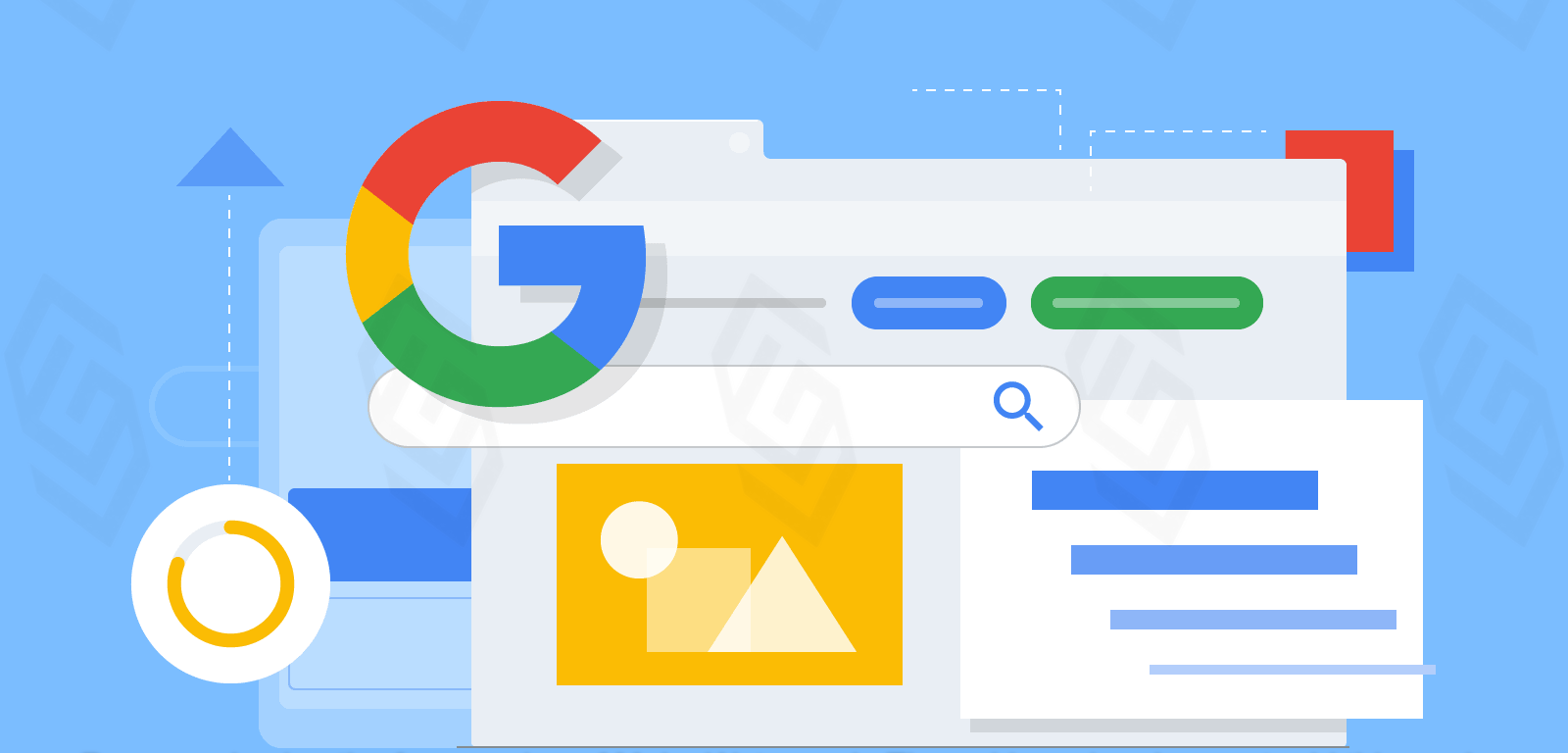let’s break down the key factors in on-page SEO for blogging in simple terms:
- Quality Content:
- Write engaging, valuable content that your audience will find useful.
- Use clear headings and subheadings to organize your content.
- Keyword Optimization:
- Identify relevant keywords for your blog topic.
- Naturally include these keywords in your content, title, and meta description.
- Meta Tags:
- Craft a compelling meta title and meta description for search engine results.
- These tags should accurately summarize your content and include your target keywords.
- URL Structure:
- Create a clean and readable URL structure that reflects your content.
- Include your main keywords in the URL.
- Internal Linking:
- Link to other relevant pages on your blog.
- This helps search engines understand your site structure and improves user navigation.
- Image Optimization:
- Compress images to reduce load times.
- Use descriptive file names and alt tags for images.
- Mobile Optimization:
- Ensure your blog is mobile-friendly for users on smartphones and tablets.
- Google prioritizes mobile-friendly websites in search results.
- Page Speed:
- Optimize your site’s loading speed for a better user experience.
- Compress images, utilize browser caching, and minimize CSS and JavaScript.
- Social Sharing:
- Add social sharing buttons to encourage readers to share your content.
- Social signals can indirectly impact search rankings.
- User Experience (UX):
- Enhance the overall user experience by having a clean and easy-to-navigate design.
- Consider user engagement metrics, as search engines may use them to assess content quality.
Remember, on-page SEO is about creating a great user experience while providing valuable content.
Read More: What is on-page SEO in blogging?

